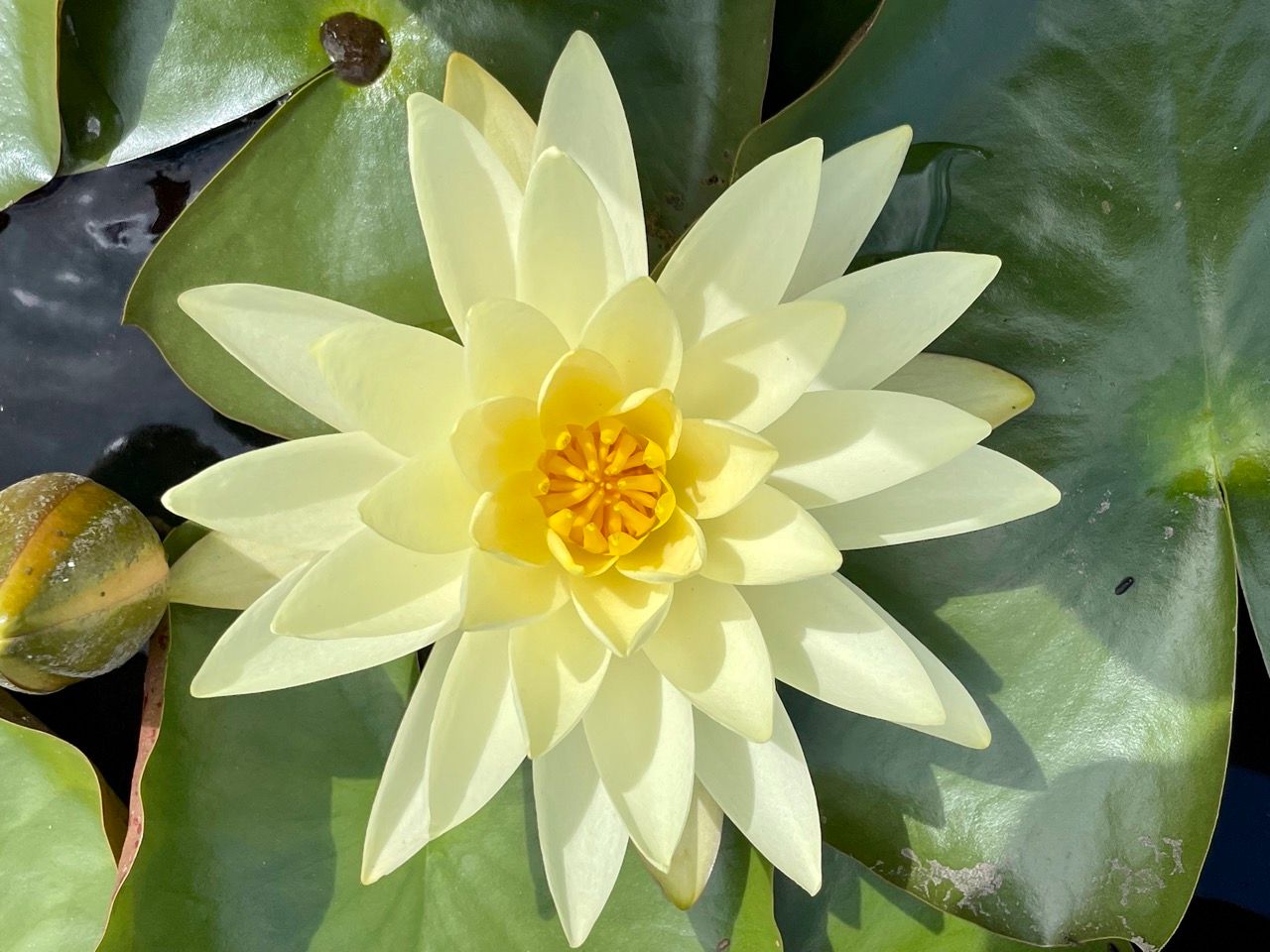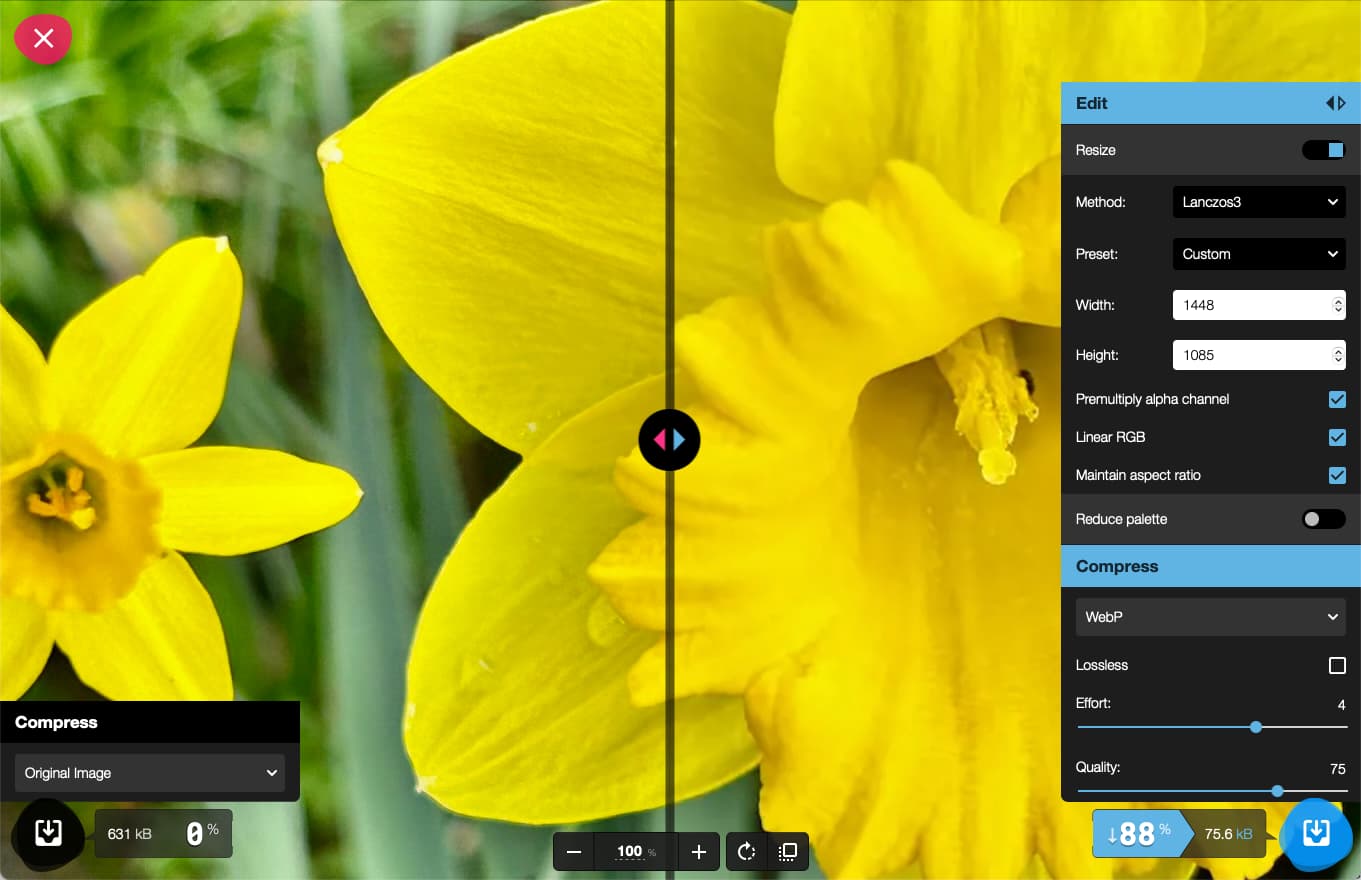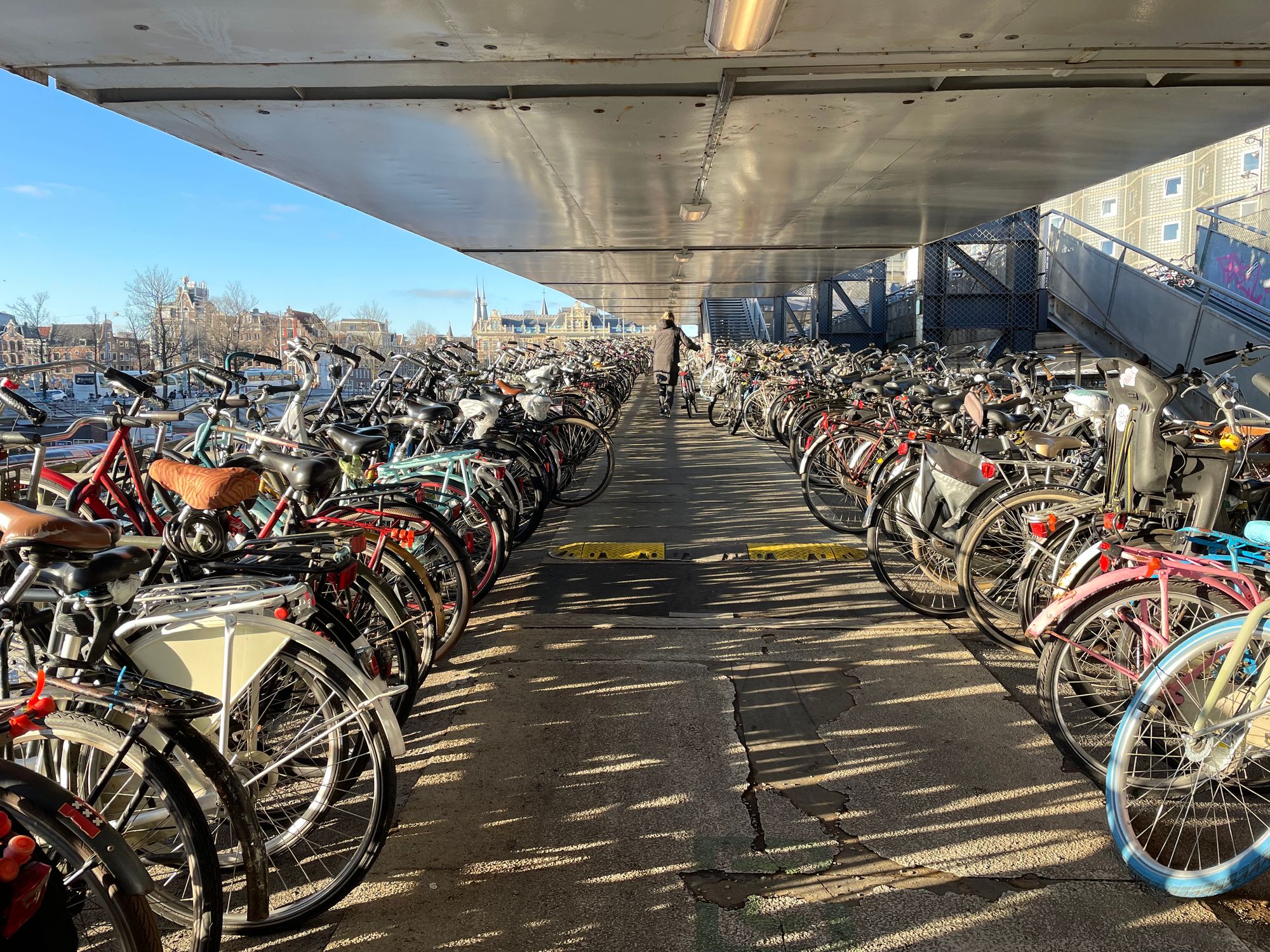Mint your first Non-Fungible Token (NFT)
NFT’s are pretty overwhelming if you are outside to the crypto crowd. I wrote a practical step by step record of how I minted my first NFT.
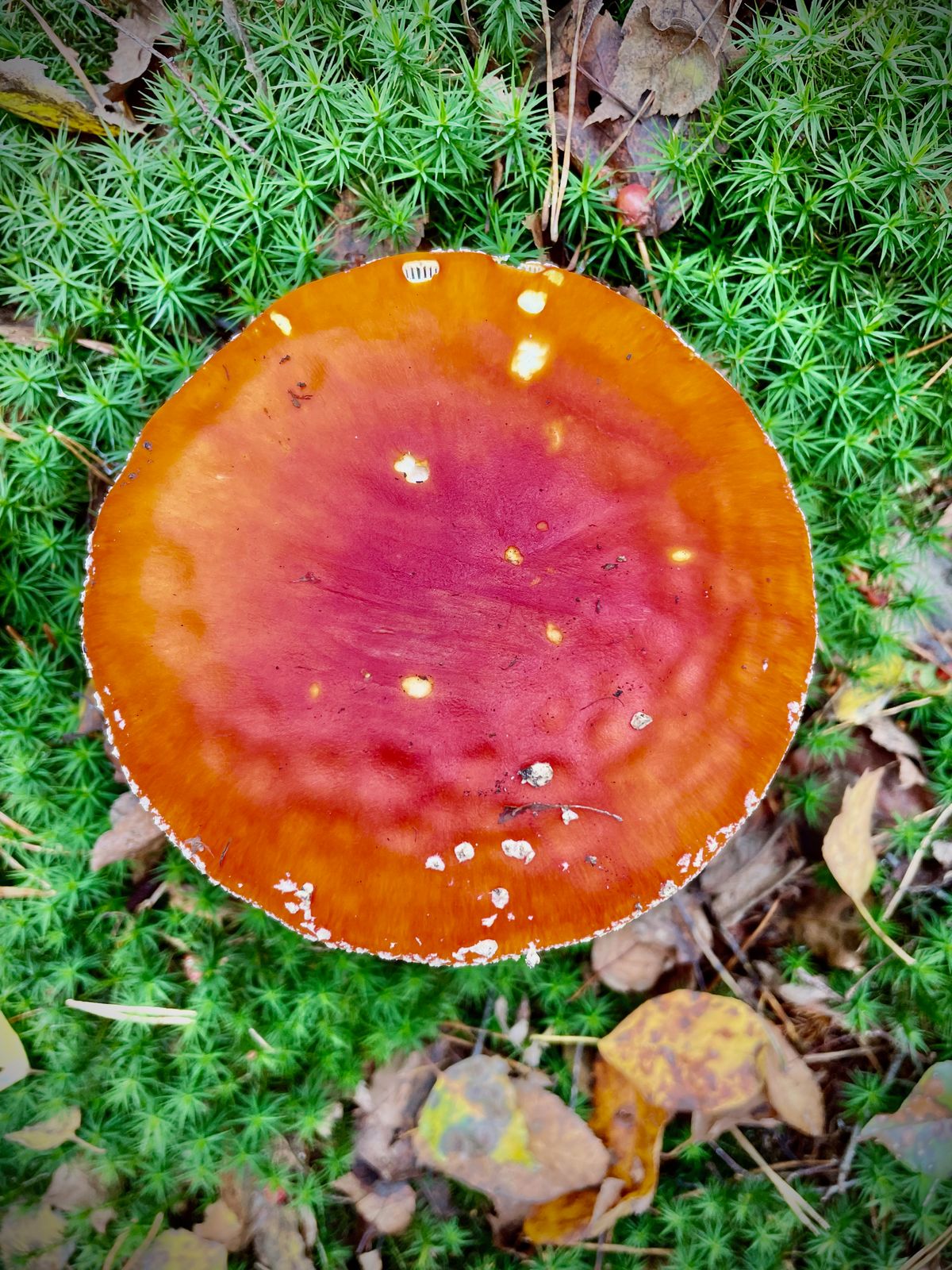
NFT’s are pretty overwhelming if you are outside to the crypto crowd. I wrote a practical step by step record of how I minted my first NFT.
A Non-Fungible Token (NFT) is a registered ownership of a digital artifact. On a blockchain, or decentralized records. So no one is really in charge of this administration in this way. You register a digital artifact there - a photograph, an image, an animation - and then register this work. You mint a certificate. That certificate (token) can then be traded. All rather abstract.
When NFTs became known and the first items were sold for outlandish prices I had a rough idea what they were. I was still new to the world of crypto currencies and blockchain so I was very curious to purchase or offer an NFT. At first I failed and now I've given it another try. I'm taking you on this little journey. A practical, hands-on journey. After this short story, you'll know what it takes to create an NFT.
Prerequisites
What you need in short is a marketplace for of NFT services and a so-called Wallet. I searched briefly and chose the (non-curated) marketplace that calls itself the largest. What I was looking for was something with a low entry level and the highest possible ease of use. It became opensea.io, the choice was still random and it is also not that I recommend this platform directly. For that I will do further research.
Create the NFT
The first thing I noticed is that I did not have to create an account. The Wallet served as my account. Like logging in with a bank account. Opensea has a list of Wallets you can choose from. So not every Wallet is suitable. I have a wallet at Coinbase and linked it to OpenSea. Later I was able to create a profile though to make it look more personal.
After linking Wallet to Opensea, an easy process I went through on the mobile phone, I was able to offer a digital artwork from the Wallet. I chose a picture of a mushroom I had taken, named it Amanita, and then it was on the NFT marketplace and a token was provided to my Wallet.

Share your NFT
Once you have a token you can promote or market it easily. I can share it through an address and send it to Social Media or through messages with a link:
There is also a bidder but the honesty is that this is from an acquaintance and crypto enthusiast. I didn't accept the offer because there are the necessary fees for the transaction.
Possibilities for NFT
Creating the NFT was interesting to do and I learned from it. By doing, things become more tangible. There are numerous possibilities with NFTs. An interesting use case is that it can serve as a substitute or complement to current copyright.
It appeals to the urge to collect. I myself have collected a lot in my life: soccer cards, coins, stamps, rare books etc. And I know how it can feel when a collection is not complete. Collecting is a purpose in its own. The NFT's also offers a great platform to the digital artist or craftsman. For example, you can set up a gallery to show and sell your work.
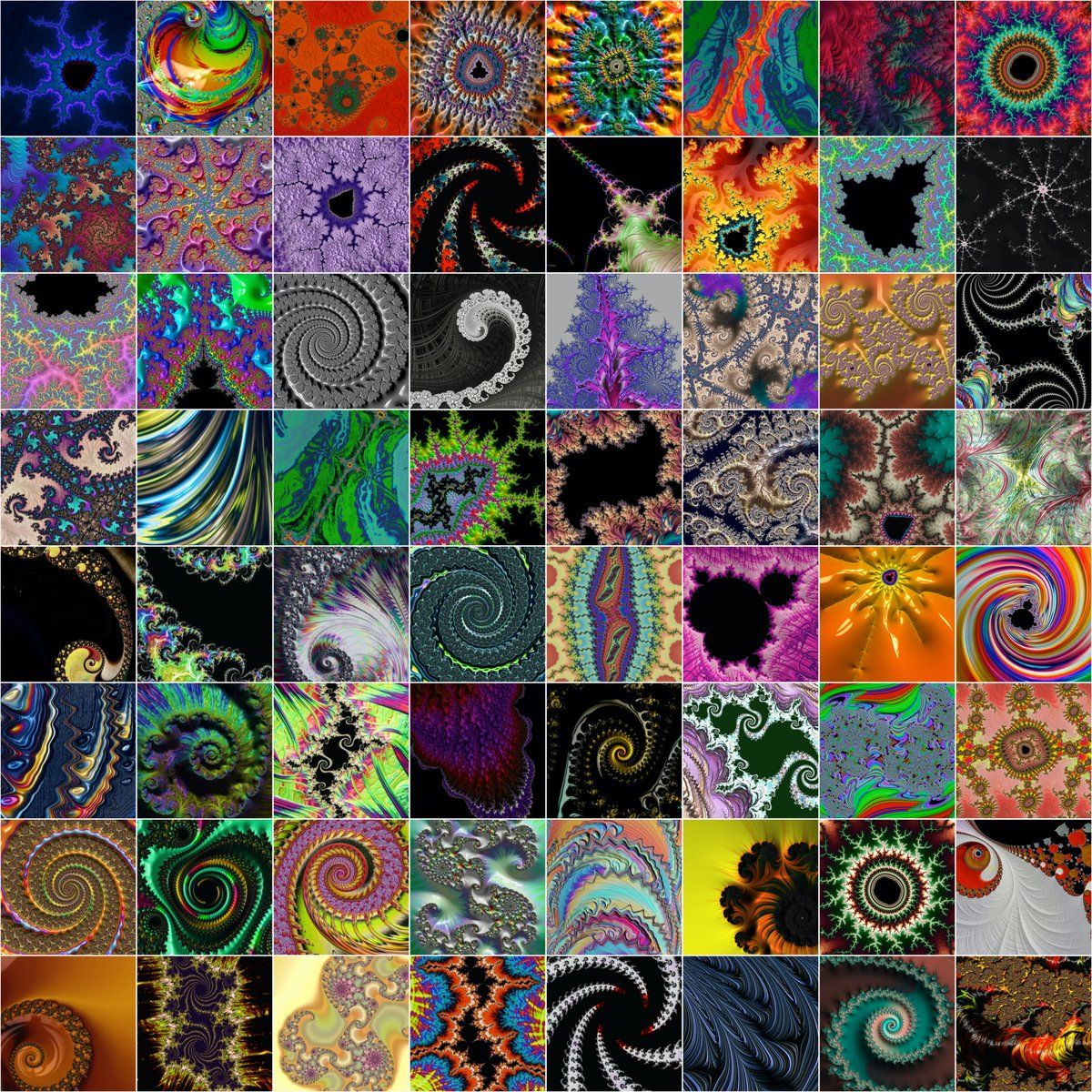
The word non-fungible
Oh yes, English is not my first language and I did not know the word "Fungible". Did you? The word "fungible" means something like "capable of being used in place of another; capable of being replaced". And so non-fungible is non-substitutable, unique. A definition of an NFT then is: An association (a kind of ownership) on a blockchain of an account to a unique (non-fungible) digital item via a smart contract. NFT is a way of linking ownership to digital objects. However, "fungible", exchangeable, are money, physical and digital.

